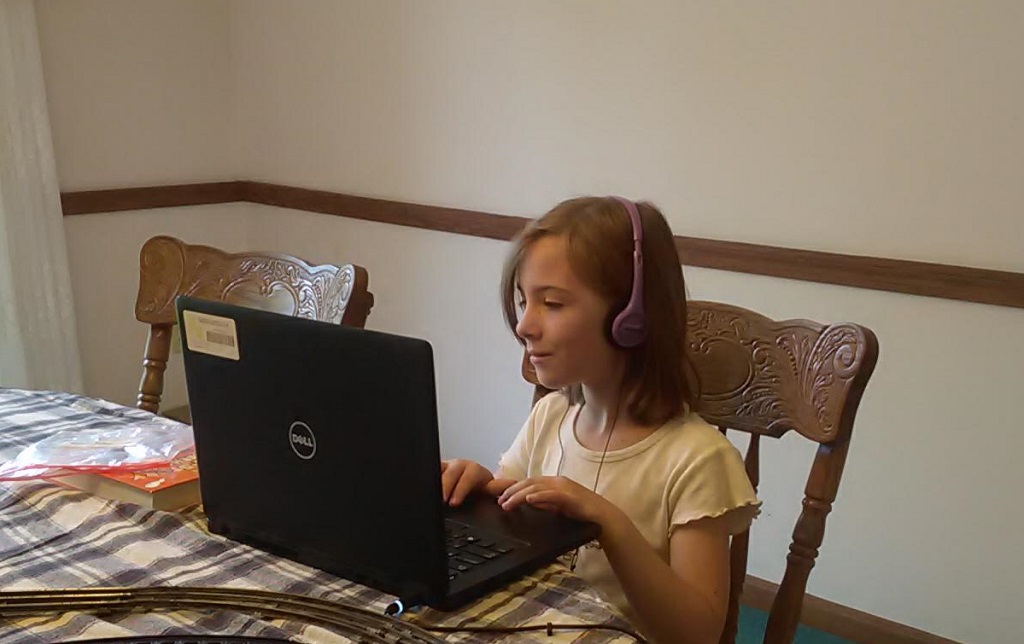I was surprised at the voices used for the cartoon characters in Connections Academy’s learning modules. Anya paused her maths lesson to tell me the lion is shrill. And proceeded to mimic the voice. I had her play a little of it for me and, yeah, it’s awful. The ladybug in the language arts module is better, but that’s a terribly low bar. I’d expected there to be a few voices from which we could select — not just because someone may well find a voice objectionable, but also because some people have frequency specific hearing loss — someone with trouble hearing high frequencies isn’t going to be able to use these modules. I set up an in-browser audio equalizer and dropped out high frequencies. Makes it usable, but I’ve still submitted feedback with my observation.
Then there’s the planner. I’ve noticed a few UI problems in the Planner —
- I am frequently unable to save an event – in cases where something is not populated, the missing item is highlighted in red. That’s not what I’m talking about – I’ve got all of the required fields populated, nothing is highlighted when I click ‘save’. It just stays on the item creation form. I am able to cancel item creation, try again, and get an event created.
- When the purpose is set to “Enrichment”, items cannot be opened/edited/deleted.
- When creating a new item, expanding the “Recurrence” section produces an overlap between the “Description” field and the top line of the recurrence selection. The description field is on top, which renders the top half of the check-boxes unusable.

And more of a UX issue … while the event items can include half-hours, the credit hours field appears to be an integer value. It is auto-populated with a float. Which leads me to expect

